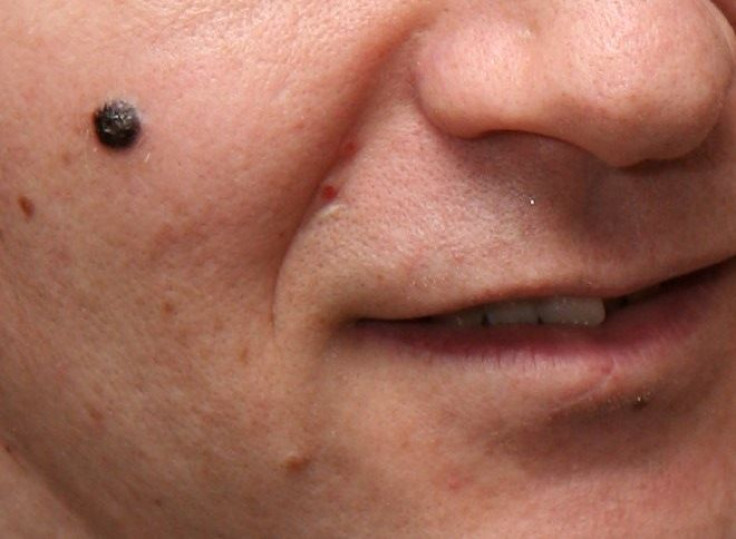Melanoma Test Sniffs Scent of Cancerous Human Skin Cells with Nanotube Sensor

Just as dogs can sniff out cancerous growths on humans, a new nanotechnology-based sensor can detect the smell of melanoma from human skin cells.
The nanotube sensor, developed by researchers from Monell Chemical Senses Center in Philadelphia and the University of Pennsylvania, can reliably distinguish unique chemical aromas associated with melanomas from scents released by healthy skin cells, though it has only been tested on cells in lab cultures thus far.
Melanomas are tumors that develop from mutations in melanocytes, skin cells that produce the pigment melanin, and often appear as blackish-brown or colored moles.
The disease is the deadliest form of skin cancer. While melanoma is often fatal when it spreads to other parts of the body, it is highly treatable if growths are identified early enough.
The researchers believe that for the 77,000 new cases of melanoma diagnosed in the U.S. each year, their sensor could be invaluable in detecting melanoma in its early stages without having to resort to invasive biopsies for lab tests.
Detecting the Scent of Melanoma
A study on the new technique, published online for the July edition of the Journal of Chromatography B, explains that human skin naturally produces airborne molecules called "volatile organic compounds," or VOCs.
These compounds have distinct odors that the average human nose is not refined enough to smell, though scientists are just beginning to learn how to identify them for medical purposes.
"There is a potential wealth of information waiting to be extracted from examination of VOCs associated with various diseases, including cancers, genetic disorders, and viral or bacterial infections," said senior author Dr. George Preti, a Monell organic chemist, in a news release.
Using methods like gas sensors and gas chromatography-mass spectometry, the researchers identified the differences among VOCs from melanoma cells at three stages of cancer progression, and between those of cancerous melanocytes and normal human skin cells.
After establishing distinct profiles of the compounds released by melanomas at every stage, they developed sensors that could reliably detect each chemical signature.
In this case, the nanotube sensors were able to detect significant levels of airborne compounds associated with melanoma cells, like isoamyl alcohol, which typically has a sickeningly sweet smell in high concentrations, and dimethyl disulfide, which is often associated with the smell of human feces.
The miniature sensors, made of carbon nanotubes covered in microscopic strands of DNA, can be specified to recognize an enormous array of volatile molecules in the air.
"We are excited to see that the DNA-carbon nanotube vapor sensor concept has potential for use as a diagnostic," said Dr. A.T. Charlie Johnson, the U Penn physics professor who led the development of the sensor, in the news release. "Our plan is to move forward with research into skin cancer and other diseases."
This study was only a proof-of-concept based on skin cells isolated in lab cultures, but the researchers are currently working on sensors sophisticated enough to detect volatile compounds released by the cancerous cells of human melanoma patients at different stages of the disease.
Source:
Kwak J, Gallagher M, Ozdener MH, et al. Volatile biomarkers from human melanoma cells. Journal of Chromatography B. 2013.



























